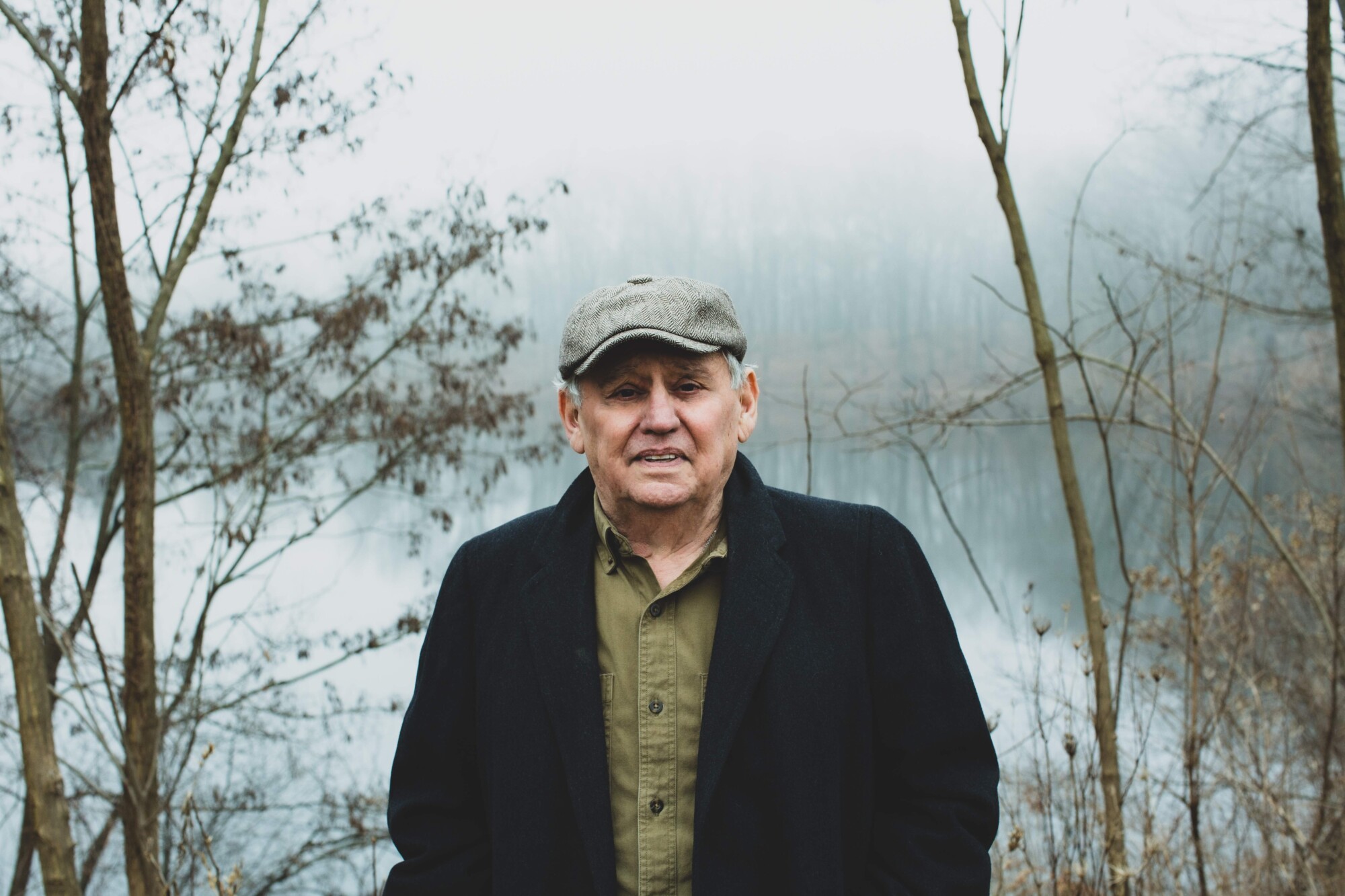Roger Salloom | Interview | “I am also somewhat obsessed with words”
Roger Salloom, often hailed as the underground Dylan for his remarkable songwriting prowess, remains active in the music scene today.
Void Records recently reissued the ‘The City In An Owl’s Eye,’ initially released in extremely limited quantities in 1967, features timeless tracks like ‘Born To Lose’ and ‘Relativity Blues.’ An intriguing anecdote associated with the LP involves Kevin Kline, the actor, participating in a lengthy improv rap with the Vest Pocket Players.
Roger Salloom, born and raised in Worcester, MA, in the 1940s, emerged as a singular musical talent within his family, finding solace and passion in playing the banjo and guitar, despite initial lack of familial understanding. Influenced by the folk music revival and original folk musicians, as well as artists like Ray Charles, Salloom’s musical journey began at the age of 14, inspired by the likes of The Kingston Trio, Pete Seeger, Bob Dylan, and many others. His 1967 release, ‘The City In An Owl’s Eye,’ captured the essence of his popularity, particularly at Indiana University’s Owl coffeehouse, where his performances drew immense crowds and critical acclaim, even earning comparisons to Dylan.
Transitioning to electric sounds, Salloom formed Salloom-Sinclair & The Mother Bear, drawing inspiration from blue-eyed soul and his unwavering belief in his own music. Signed to Cadet Concept, an offshoot of Chess Records, Salloom’s sound was influenced by LSD, the counterculture movement, and a mix of musical styles. Despite his musical endeavors, Salloom often found himself at odds with the industry, making unconventional choices and experiencing bouts of obscurity. However, his passion for music remained undimmed, leading to later releases like ‘I Love You’ and ‘La Te Da,’ alongside collaborations with acclaimed musicians and filmmakers, all while continuing to craft his unique blend of music that draws from a myriad of influences, reflecting his deep connection to words and his ability to find music in the world around him.
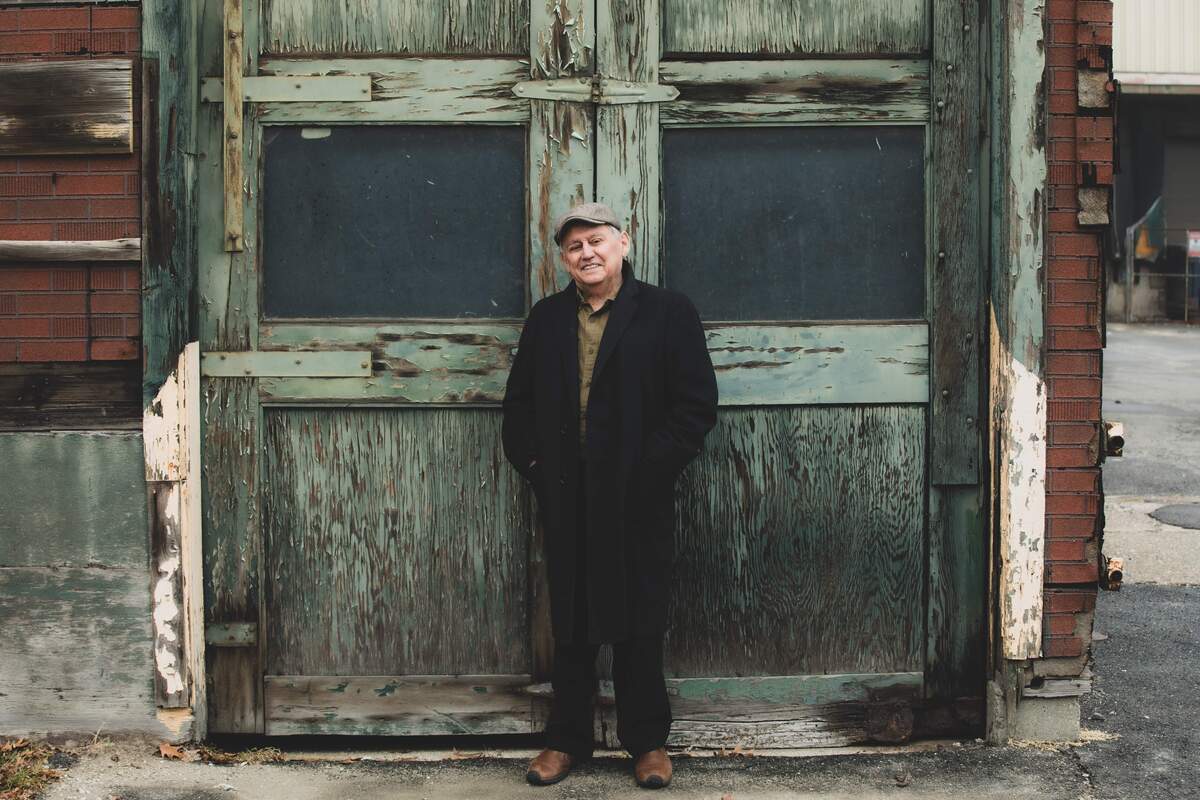
“LSD, the hippie and lefty attitude”
Where and when did you grow up? Was music a big part of your family life?
Roger Salloom: Born and raised in Worcester, MA, in the 1940s and 1950s, and early 1960s.
Was music a big part of your family life?
No, I am the sole musical member within my immediate and extended family. My parents didn’t fully grasp the significance of music to me, but my mother was pleased to see me emerge from my quiet personal shell through playing the banjo and guitar.
Did the local music scene influence or inspire you to play music?
Yes, I was influenced by folk music revival artists and original folk musicians at the outset, as well as by Ray Charles and a few others.
When did you begin playing music? Who were your major influences?
Professionally, at 14 years old, as a banjo player. My main influences were The Kingston Trio, old folk artists like Pete Seeger and Geoff Muldaur, Bob Dylan, Tim Hardin, and a little later, Leadbelly, Jimmy Reed, Lonnie Johnson, Billie Holiday, the Legendary Singing Brakeman Jimmy Rodgers, Hank Williams. Nowadays, it’s a lot of American R&B, soul, and any good songwriter…
What was the first song you ever composed?
“I cannot exactly recall, but there was a song called ‘Born to Lose’ and another song for which my friend wrote the lyrics, titled ‘The You’re There…
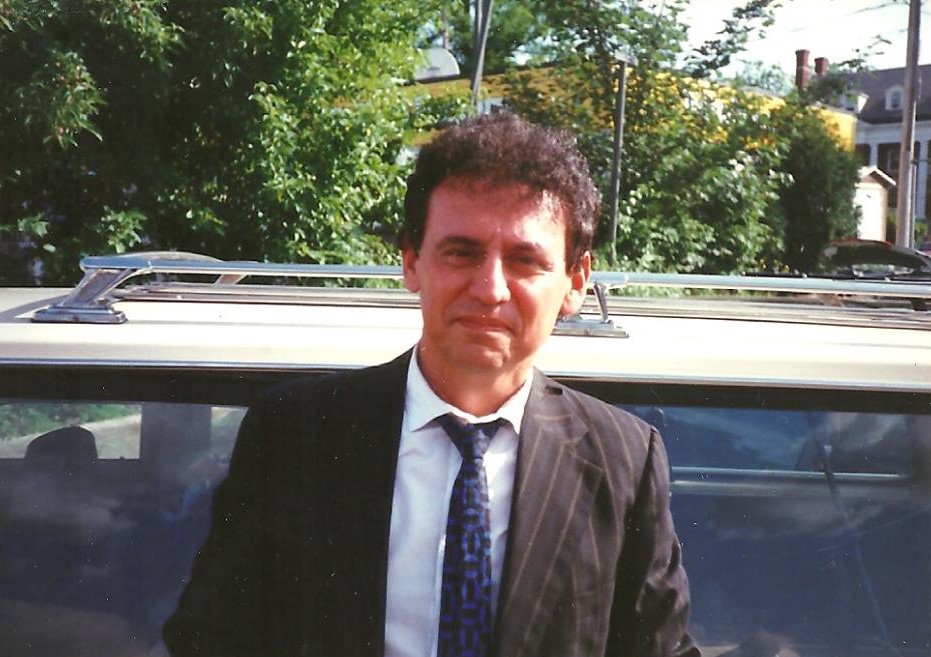
Were you in any bands before forming Roger Salloom & The Vest Pocket Players?
The Vest Pocket Players never performed with me; they were featured on the flip side of a college years recording. Recently, that record has been for sale, initially priced at $4,000 and now reduced to $1,500.
To clarify further: The Vest Pocket Players were actually a student acting group and not affiliated with my band. While I vaguely remember them, I do recall Kevin Kline being very expressive, which is fitting for an actor.
What’s the story behind the 1967 release of ‘The City In An Owl’s Eye’?
I was incredibly popular at the enormous Indiana University. Whenever I performed at The Owl coffeehouse, it was always sold out, with the venue packed to the rafters. People would sit on chairs, tables, and even outside on the lawns and sidewalks just to catch a glimpse of my performance. At the time, I was either oblivious or indifferent to my popularity.
A coffeehouse church group approached me to record a live performance, mainly focusing on my folk music. It’s worth mentioning that Kevin Kline, the renowned actor, was associated with the The Vest Pocket Players.
They simply told me that they were going to record it live. I went to the gig, and they did that recording.
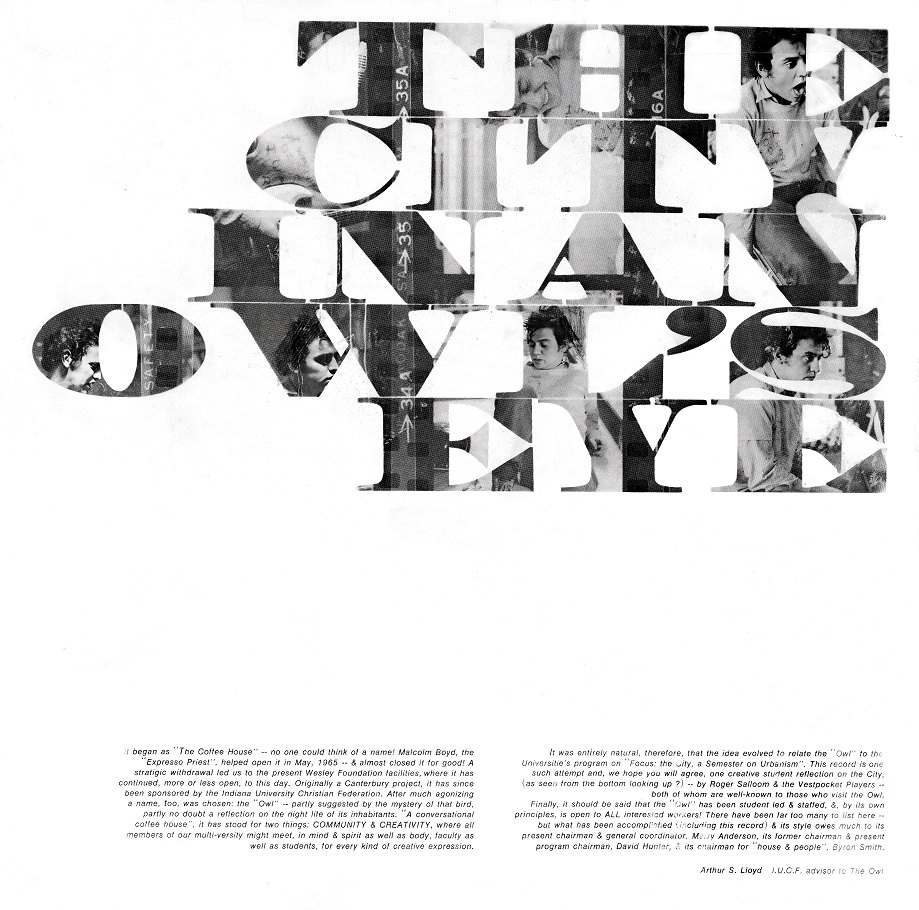
Did you self-released it?
No, the church group funded it, and it sold out immediately. I believe about 1,000 copies were sold. Actually, it was a group of coffeehouse students who funded it. The 1,000 copies sold out in a week or two.
Can you elaborate the formation of Salloom-Sinclair & The Mother Bear?
I wanted to go electric, so I found a blue-eyed soul band called The Mother Bear at a bar and asked if they were interested, and they were! Dick Orvis, the keyboard leader of The Mother Bear, really liked my songs. I should have let Dick sing more… Actually, I never stopped him. Or maybe I did, but he was a great blue-eyed soul singer – I mean, really good. Robin Sinclair joined later as she was intrigued.
I wanted to go electric, and The Mother Bear was a group of student undergraduates from Indiana University who played blue-eyed soul. Robin Sinclair had operatic vocal training, and they all loved my songs. Despite being the youngest in the band, they insisted I be the leader, so I did.
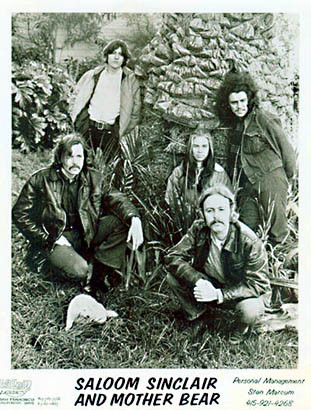
Moving to San Francisco in 1967, the band performed in venues such as The Carousel, The Fillmore and The Avalon Ballrooms. What are some gigs that are well remembered?
Playing on the bill with Van Morrison at the Carousel Ballroom (a Bill Graham venue), along with Procol Harum, Santana, BB King, and many others, I cannot remember all of them.
I remember attending a show to hear GRAMMY WINNER Area Code 615, with whom I recorded. Area Code 615 comprised the best session musicians in Nashville. Linda Ronstadt was in the dressing room with me and the band. She seemed infatuated with Kenny Buttrey, the drummer (known for ‘John Wesley Hardin’ by Bob Dylan et al). I thought she shouldn’t have fawned over him so much. It wasn’t really my business, but I’ve never been impressed by celebrity, so I didn’t care about their fame.
She invited me to join her in the audience to watch the band, and I agreed. When she squatted down on the floor, I remained standing. Just as I was about to leave, a mischievous impulse overcame me, and I gently pushed her over before walking away. I regretted it deeply then and still do. Linda is, and was, a wonderful person. I was impulsive and judgmental.
She must have forgotten the incident because a filmmaker later asked me to sing a duet with her about 40 years later, and she was enthusiastic about it. However, after we recorded the basic tracks, she had to decline at the last minute. It became clear that she must have been experiencing the early stages of Parkinson’s Disease, although it hadn’t been diagnosed yet. She apologized and explained that she couldn’t get her vocal cords to cooperate. She remains a lovely, wonderful, and ethical person. Maybe it was the irreverent Beatnik still inside my Hippie spirit.
Cadet Concept was offshoot of Chess Records. How did you get signed to Chess Records?
Marshall Chess heard us and signed us. There was a serious buzz about us in the Midwest.
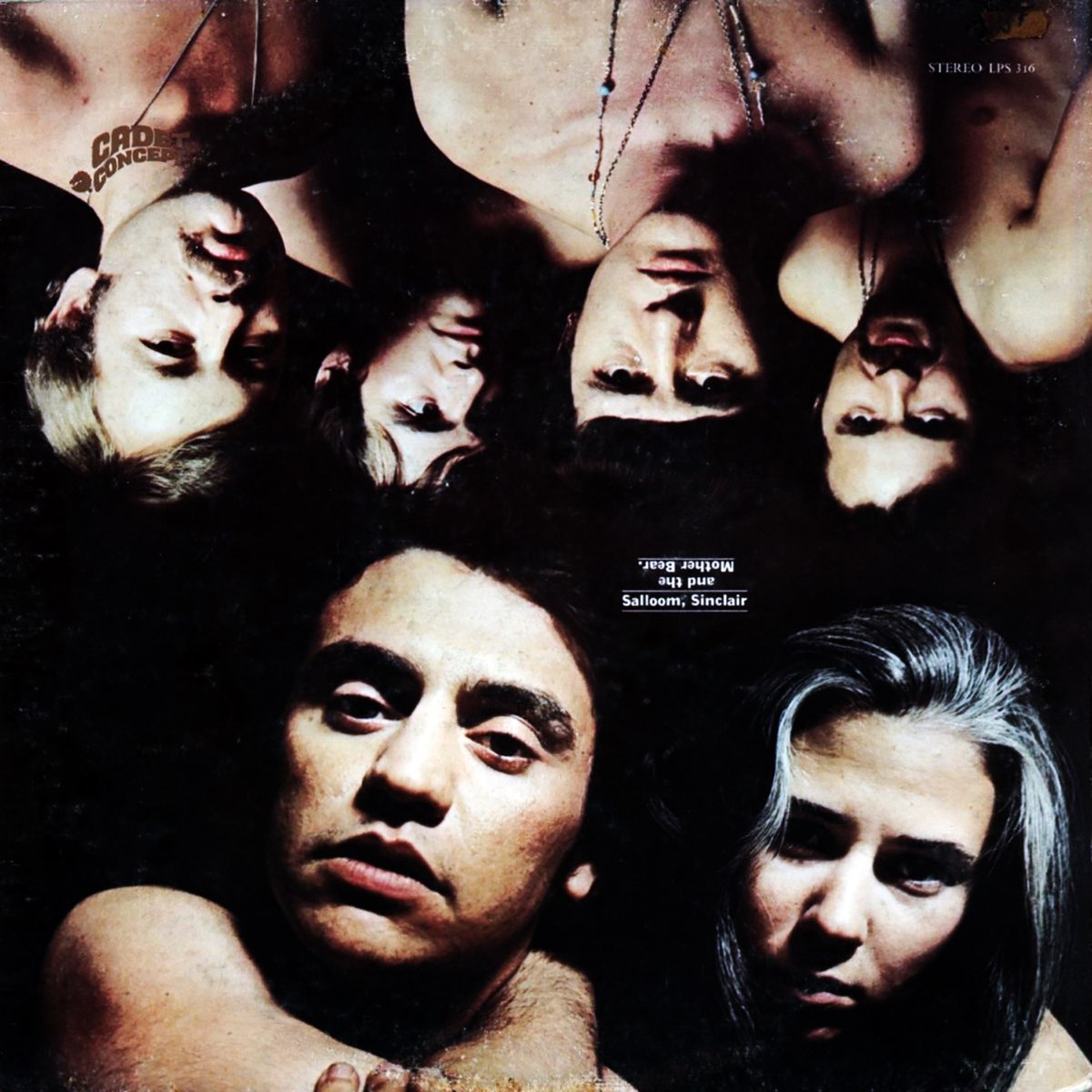
What influenced the band’s sound?
LSD, the hippie and lefty attitude, freedom, new society, new norms, and marijuana… all kinds of music, as we were not copying anyone… also soul music and my strident belief in myself, along with all the band members’ belief in me and vice versa.
So you experimented…
Absolutely, but we were also on the cusp of a whole range of societal, artistic, and even political campaigns — free love, anti-war, civil rights, etc. Free love was the most fun. We would trade willing girlfriends.
About cannabis…
To this day, I must take a very small dose of THC (pot) in the form of a gumdrop to counter the effects of Myasthenia Gravis. If I had stayed on the prescribed neurological medication, Pyridostigmine, I would have had a hard time with my life. Its side effects eventually took a toll on me.
No more LSD. I’ve had enough conundrums. I don’t need more possibilities.
What’s the story behind your debut album? Where did you record it? What kind of equipment did you use and who was the producer? How many hours did you spend in the studio?
Went to Chicago to Chess Studios to record. Irving Moskowitz was the producer. I do not know anything more about him. Probably 40 hours, I guess.
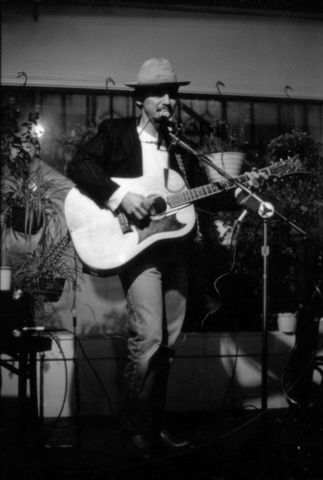
“Inside my head, there is already enough traffic to keep a sane person busy”
Did the size of audiences increase following the release of your debut?
Yes, immensely, but it was already huge at IU. That is when I first started to hear comparisons to Dylan. Marshall Chess also felt that.
Now, when I was around 20 years old, I was totally infatuated with Dylan. In fact, for a few weeks, I spoke in his voice, and around that same year, I would rhyme my part of any conversations. Also, two of Bob’s early Manhattan friends compared me to him, as did a ton of other people. Those two friends had Bob on their couch where he slept when he first arrived from Minnesota, as he was homeless at that point. They were very political and founding members of SDS.
Let me add that I just want folks to know that I can be compared to anyone who wants to compare me, but I cannot be Bob Dylan, nor anyone else. And he can’t be me unless he wants to dumpster dive down to the world I live in.
I can sort of channel him, write like him (if I focus, I know because I did it once), and I would even sing as he used to sing, but that is self-defeating as I search my own soul and devise my true self. I do not dress up on Halloween because I have a hard enough time just being who I am! Inside my head, there is already enough traffic to keep a sane person busy.
Also, about popularity, I have lived under a thin but resilient cloud layer of obscurity, and I expect that to continue, as I will continue to use my own name. Well, that first Chess recording was recorded in Nashville with Dylan’s people, as Marshall Chess wanted.
Oddly enough, at one meeting in an office, Leonard or Phil Chess had a heart attack, and Marshall had to rush out of the meeting and run down the hall to see him. That was significant and sad. Willie Dixon, Howlin’ Wolf, and others were in the building. I was a stupid kid who did not understand the immensity and uniqueness of the Chess roots/blues stable of artists, but eventually, I got it.
Some people joke that “I too have gone to great efforts and paid attention to much detail to bring my career to a screeching halt.” I know others such as myself. If there was a bad stupid business move, I might have made it. Once I fell asleep at a dinner with the president of a record company and his attorney.
One time at my home, I hinted to a fellow musician that he was not so sane, and he quickly retorted, “I’m crazy?! Well, Roger, there is a guy circling my house at this minute with a large net waiting for me to come outside.”
Would love to hear what influenced your songwriting.
Rather than being specific, it’s a little bit of all the influences I soaked up every single day… including recordings, The Meters, Dylan, The Fugs, really everyone on earth whom I heard, even if only once.
I absorbed everyone I listened to all the time. I make up melodies any old time I want to. I wrote some songs, and the band liked them. I am a pretty regular person, a little shy for long periods of time. ‘The City in An Owl’s Eye’ had a tune with lyrics from The Rubiyat, originals, one each with my friends Bobby Bradford and Kevin Burke, and one of my own. They wrote the words.
No, not really. We just moved for about five years to the San Francisco Bay Area. Then, I was solo exclusively for a while, using different names at my gigs. I was sort of lost for some years. Even my sweethearts were sort of lost, as was I.
Did the band tour to support the LP?
No, not really. We just moved for about five years to the San Francisco Bay Area. Then, I was solo exclusively for a while, using different names at my gigs. I was sort of lost for some years. Even my sweethearts were sort of lost, as was I.
How about the Salloom-Sinclair album?
That was with Chess in Nashville with Area Code 615.
I was willing to do that because I loved Dylan’s ‘Nashville Skyline’. I eventually moved to Nashville and hung out with Guy Clark, Rodney Crowell, and intermittently with Susannah Clark. Skinny Dennis toured briefly with me, as did Townes Van Zandt and Jerry Jeff Walker. Everyone was either in one of three states of mind: sobering up from the night before, preparing to drink, or already drunk. The last party I was at, everyone was playing a peculiar parlor game. The person who could successfully spit on their boots as they walked was the winner of the contest. Years later, some sobered up and some died, sadly. Dennis went on tour with me, and I am so sad he and others are all gone.
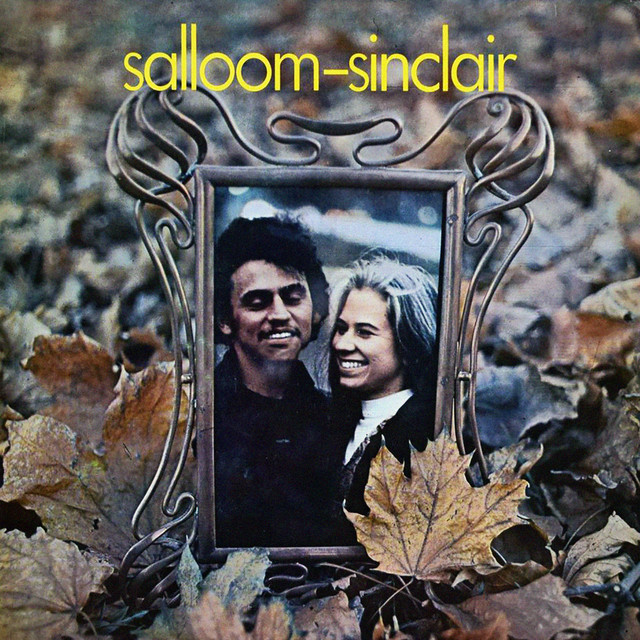
Please share your recollections of the sessions. What were the influences and inspirations for the songs recorded?
I cannot remember anything about the sessions except the recordings were strictly analog tape. We did it at Wayne Moss’ Cinderella Sounds. Except one curious item, Marshall wanted to flip a coin with me for my studio wages. I think we did, and he won. Mac Gayden struck up a bit of friendship too. I was Macrobiotic, and he was a Transcendental Meditator. In those days in Nashville, those practices were nowhere else to be seen. All of my friends were drunks.
Every kind of music in the world influenced me… every possible style, including yodeling and singing the blues. I think I have skipped around about the different albums. Sorry.
What was the dynamic between your songwriting and playing together with Sinclair and The Mother Bear? And where did you originally meet?
I was the youngest member of the band, but they saw me as their leader. I was surprised and eschewed leadership at first. I suspect now that they must have been inspired by my songs. I had a wonderful manager, Billy Joe. And where did you originally meet? Bloomington, Indiana. When I was an undergraduate at IU. Robin just passed away a few years ago, as did Dick Orvis. The nasty underbelly of living longer is saying goodbye to dear friends…it is devastating. I just recently had the worst EVER experience of loss and the deepest grief…over the loss of my dear grandson. I had little interest in life myself for a while because of his death. Nothing prepares one for that.
The songs ‘Dearest’ and ‘I Did Not” are sad…beware.
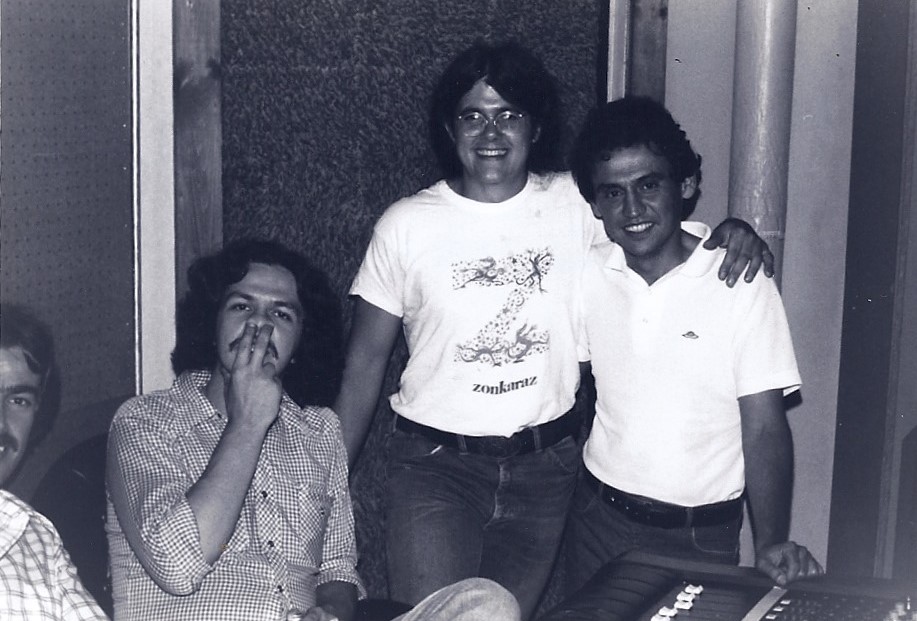
What happened after the band stopped? Were you still in touch with other members?
Still in touch with Robin Sinclair and my cousin, William Joseph, who is now a highly regarded interior architect, having worked on projects such as the San Francisco International Airport and the International Airport in Beijing, among others.
I just wanted to live a normal life, so I went back to work for my Uncle Eddy at his store. I didn’t want to be recognized, and when I was recognized, I didn’t even know if I should care. Of course, I started obsessing over music again!
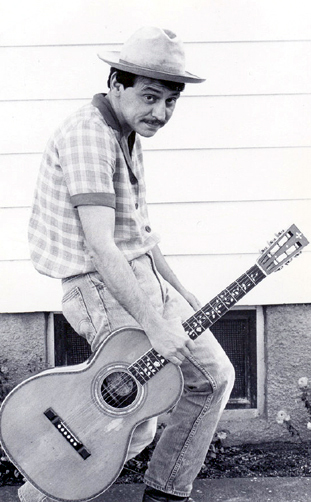
Your solo album ‘I Love You’ was released in 1982.
In 1983, a financier type fellow, Jeff Dwyer, and two of his friends liked my solo work so much while I was in Northampton that he offered to make a record for me.
In 2009 La Te Da was released.
Well, I cannot remember much of the timeline. I do remember approaching Charles Neville in a post office about playing sax on it. Everything else is vague.
What currently occupies your life?
Taking care of my family, friends, playing and writing music, and being involved in politics are all important aspects of my life.
My family and music are particularly significant to me. I am still active in the music industry, writing and singing, and for some strange reason, I am better than ever. Additionally, I care for a disabled family member.
My wife is the one who encouraged me to start playing music again. When she first met me, she thought I was a homeless person. She made a promise to come to every show if I started performing again, so I agreed. Donna fulfilled her vow. Then Chris Sautter, the award-winning documentary filmmaker, came along around that time and made a six-time award-winning film about me. I could not believe anyone could find anything significant or worthy about me. Interestingly, he had turned down Barack Obama’s request to help with Barack’s first presidential campaign. They are both still good friends.
Actually, when I look back on those days prior to the film, I would frequently use fake stage names. I think I did not want people, especially friends, to know I was performing. That is pretty interesting. I found out later that bluesman Robert Johnson did the same thing. And John Lennon found it easier to write new songs than recall existing ones. I had that predilection.
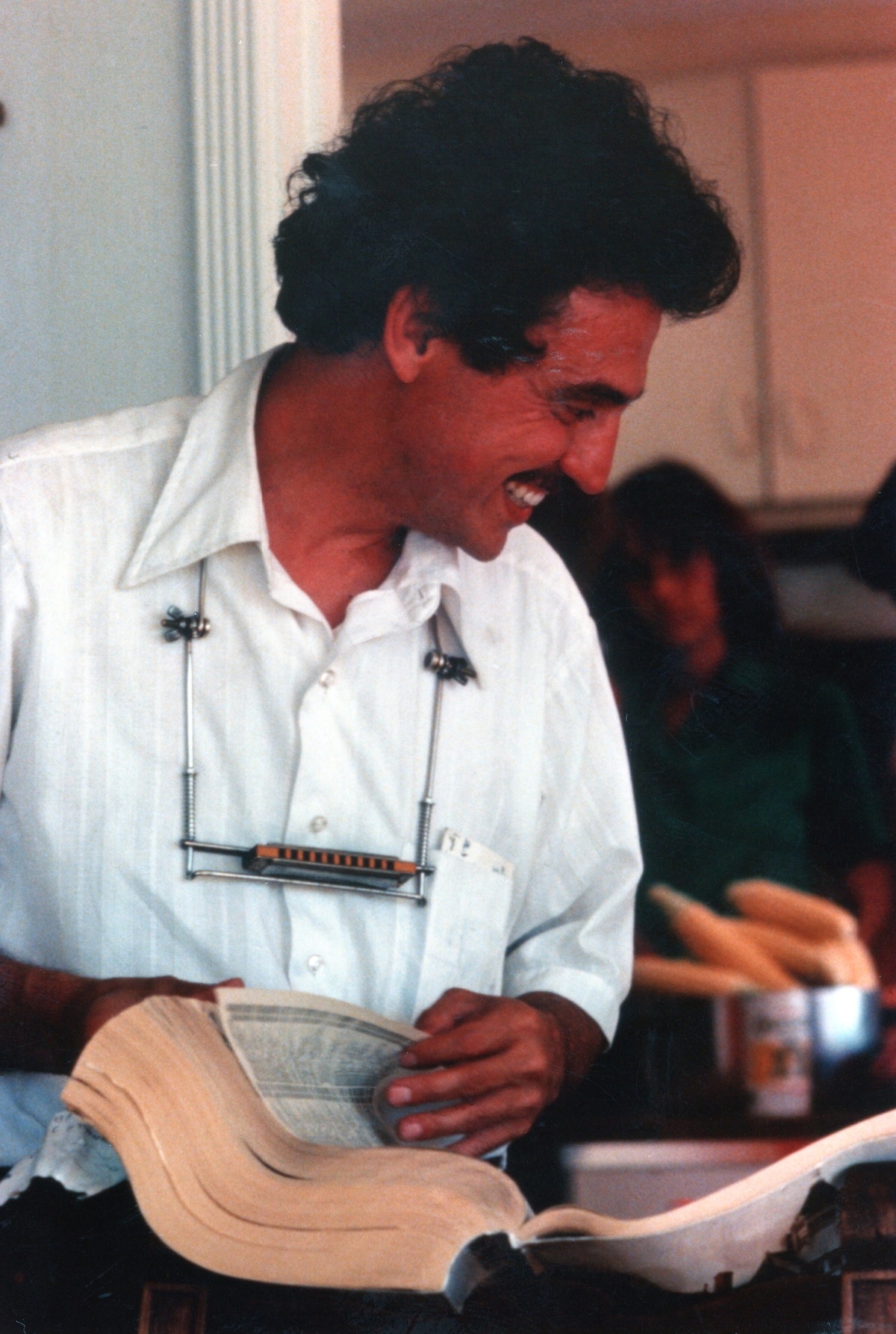
“I am also somewhat obsessed with words”
Looking back, what was the highlight of your time in the band? Which songs are you most proud of? Where and when was your most memorable gig?
The very early years were marked by my visionary and unconventional nature. Should I tell you about my clothes piled up, which got burned in a field fire, or my unconventional notions of showering? Which songs am I most proud of? Whew, I have to think about that. Where and when was my most memorable gig? Great questions.
In the early days, it was about making people feel something… mostly good. Nowadays, I love making people laugh and feel what I see. I am very interested in helping people heal.
Which songs am I most proud of? ‘Dearest,’ about my lovely deceased grandson. I will be happy to send anyone a copy.
Where and when was my most memorable gig? The last one… First Night Northampton 2024, but it was similar in a sense to all the others. I love feeling things and showing people things.
I love to help the lonely, the (sort of) misfits, the oppressed, the poor, single parents, emotionally challenged people, those who can’t see, walk, feel, or maybe hear. When I get to an audience, that gives me a thrill. I am proud of myself… I remember those shows. Nowadays, if I am in a concert, and especially if I am a duo or with a band, people really get enthusiastically energized. If they give me a chance, I usually will get them swept up.
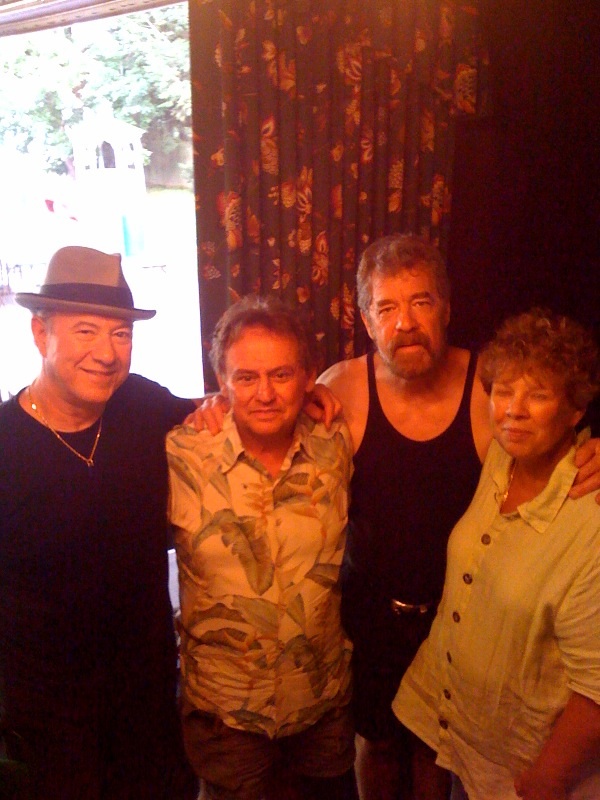
Is there any unreleased material?
Yes, there is some. Yes, I am coming out with 10 new tunes, 5 initially and then another 5 produced in Nashville by Jamie Kent with some of the best players in the world. I am grateful.
Chris Sautter, winner at the New York International Independent Film Festival for best political documentary (The King of Steeltown), completed a film in 2006 about Roger titled, “So Glad I Made It, The Saga of Roger Salloom, America’s Best Unknown Songwriter.” How did you get in touch with Chris Sautter and how was to work on a film about you?
He contacted me after he won the award and confessed that he had been listening to my music for years. He asked if he could make a follow-up film about me, and I said, “yes.”
Chris was the very first person President Obama ever asked to work for Barack’s first presidential campaign. His wife is the youngest woman to win a car in front of the US Supreme Court. Simply put, Chris had been quietly following me whenever he could.
He found out I did a homecoming type of show in Bloomington. Stan Hirsch and Jeff Green had me do a show back in Bloomington, and Chris heard about that. He approached me on the phone. Prior to that, he may have thought I was dead or incarcerated.
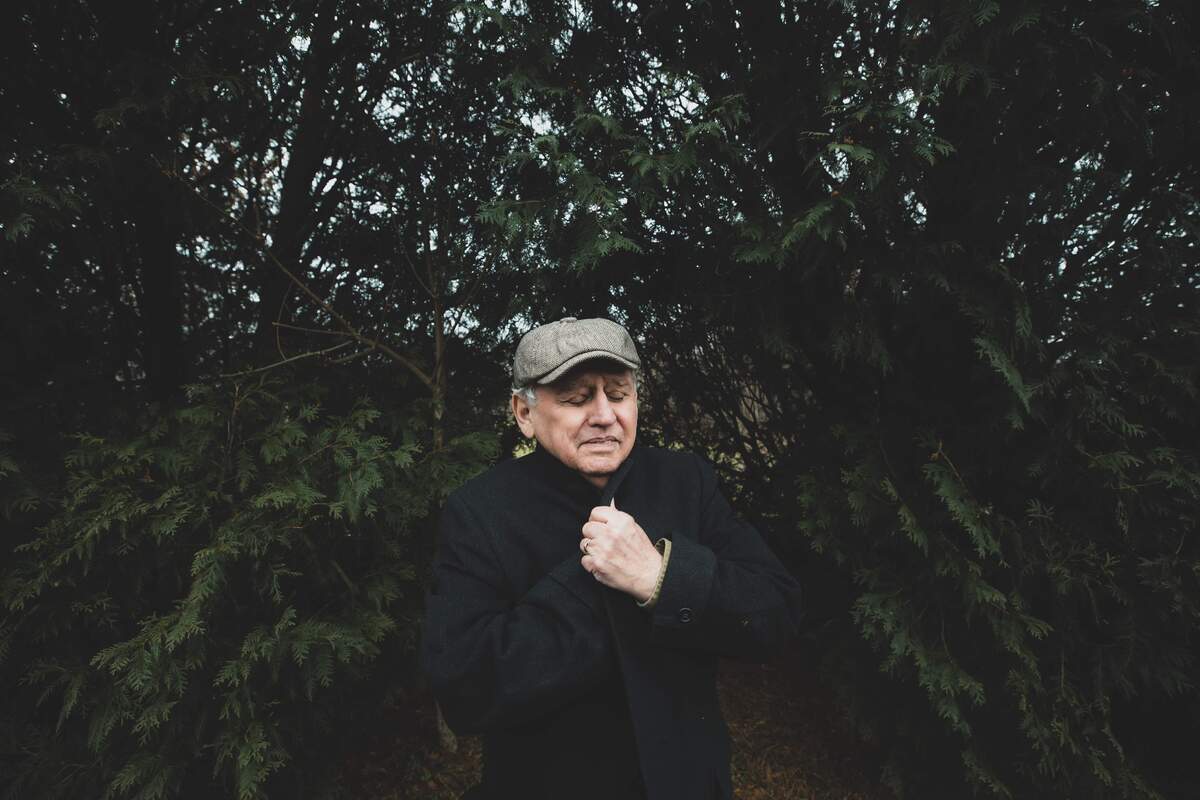
Thank you for taking your time. Last word is yours.
I am honored and grateful that someone such as yourself remembers and cares about my creations – with the assistance of gifted musicians, producers like Stu Cook (Creedence Clearwater Revival), and lovely gifted engineers like Mark Alan Miller and Joey Ciccarelli. I think he went on to Cherokee Sounds.
It might be interesting to your readers that I can look at anything and create music that, to me, represents that object. I am also somewhat obsessed with words.
Klemen Breznikar
Roger Salloon Official Website / Facebook /

